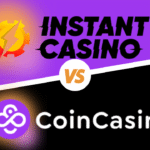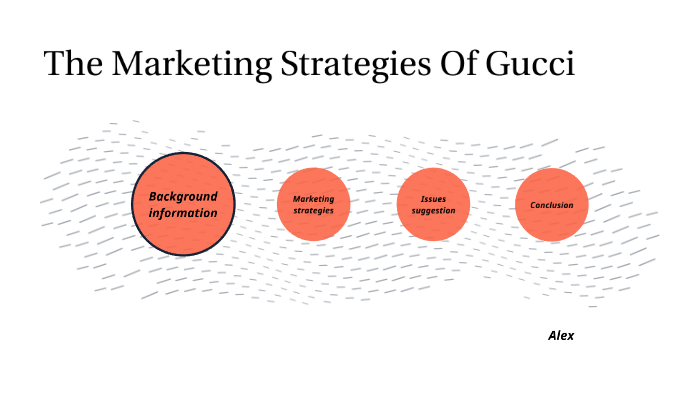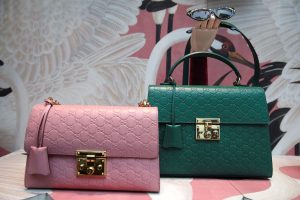Gucci, founded in 1921, is an Italian fashion and accessories brand. Kering, a global leader in apparel and accessories with a portfolio of luxury, sport, and lifestyle brands, is part of his group.
Its products symbolize Italian craftsmanship and are known for their quality, modern look, and attention to detail.
Segmentation, Targeting, and Positioning in Gucci’s Marketing Strategy
This Italian brand uses a combination of demographic and psychological segmentation strategies to identify different segmentation variables and develop forward-thinking offers in the fashion industry.
It uses a selective targeting strategy to target a very limited customer segment.
It has always positioned its products as a symbol of quality and pinnacle of Italian craftsmanship with trendy, fashionable apparel & accessories. Furthermore, it uses value-based positioning strategies to position itself as a luxurious brand.
Competitive advantage in the Marketing strategy of Gucci –
Strong Parent company
Gucci is part of the global luxury group, Kering which develops an ensemble of luxury apparel and accessories through its brands Bottega Veneta, Saint Laurent, Alexander McQueen, Balenciaga, Brioni, Christopher Kane, McQ, Stella McCartney, Tomas Maier, Boucheron, Dodo, Girard-Perregaux, Pomellato, Qeelin Ulysse Nardin and Sport & Lifestyle brands Puma, Volcom, and Cobra. These brands are distributed globally in more than 120 countries, supported by a strong workforce of 40000+ employees.
Scalable Business
The parent company has many brands to offer in its portfolio, helping it be competitively ahead of its competitors and minimize its operational cost by scaling its operations.
BCG Matrix in Gucci’s Marketing Strategy –
We handle products such as leather goods, shoes, ready-to-wear, and accessories.
The leather goods, footwear, and accessories business segments are the stars of the BCG matrix, with revenue shares of 55%, 17%, and 15%, respectively. Still, the ready-to-wear segment is dominated by numerous brands in this segment.
Sales Strategy In Gucci’s Marketing Strategy –
Make your products available to your end customers using various channels. The company sells its products through stores, e-commerce websites, wholesalers, distributors, and retailers. As of December 2016, the company has 520 company-operated stores worldwide, with 34% of its sales in the Asia Pacific and 21% in Western Europe.
Brand Equity in Gucci’s Strategy –
Strong brand associations and controversial positive buzz creations like The G SPOT ads have helped brands create a high TOMA (Top-of-Mind Awareness).
Gucci ranks 47th on the Forbes list of the world’s most valuable brands. The brand was valued at $12.7 billion (market cap method) as of May 2017 and generated $4.78 billion in revenue.










